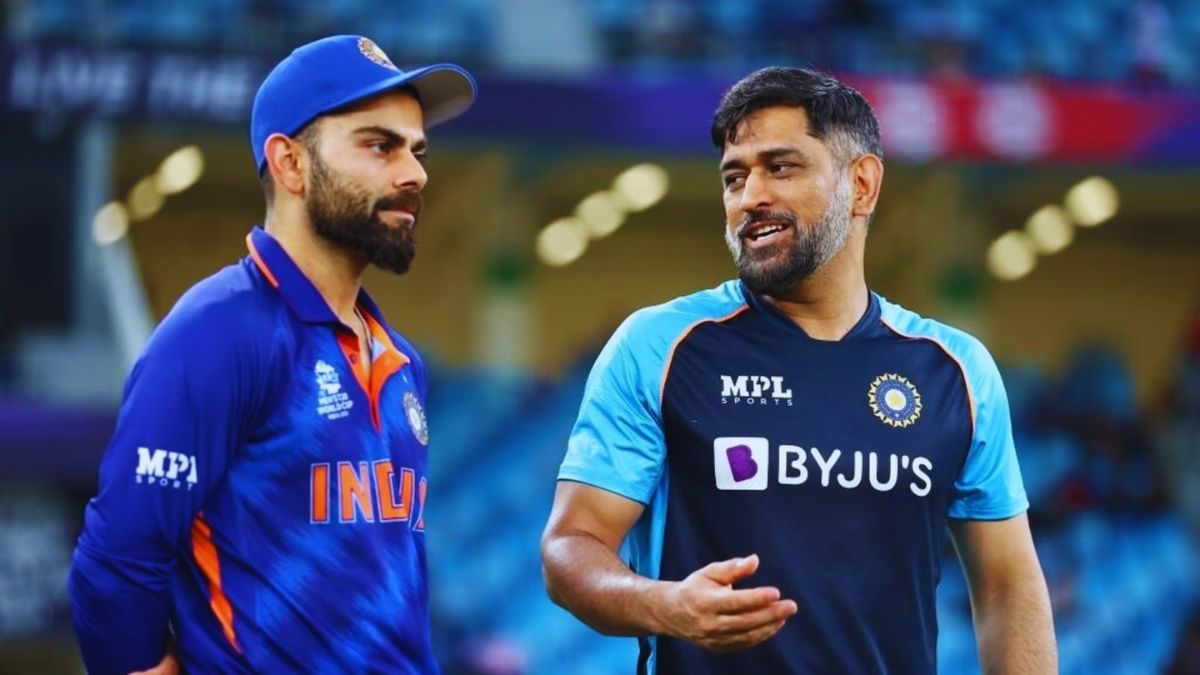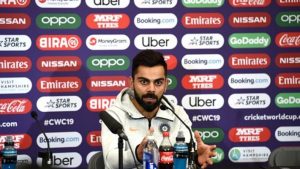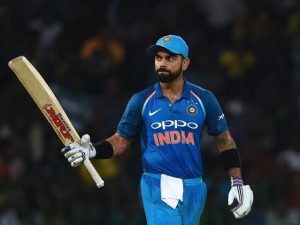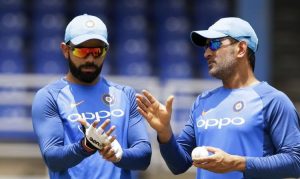The transition of leadership in Indian cricket from the iconic MS Dhoni to the dynamic Virat Kohli marked a pivotal phase that captured the hearts of cricket enthusiasts across the nation. These two monumental figures, Dhoni and Kohli, have played a transformative role in shaping Indian cricket over the past 15 years, leaving an indelible mark on the sport.
Also read: Asian Games 2023: Indian Archery Squad | Atanu Das Secures Spot | Deepika Kumari Misses Out
Dhoni’s White Ball Dominance and ICC Triumphs
Dhoni’s legacy found its stronghold in the white ball formats, an era characterized by his adept captaincy that led India to capture all three ICC trophies. His captaincy prowess was instrumental in India securing the ICC World T20 in 2007, ICC Cricket World Cup in 2011, and ICC Champions Trophy in 2013. These victories etched his name in cricket history as a captain par excellence.
Kohli’s Test Captaincy and Record Wins
In contrast, Kohli emerged as a supreme Test captain, guiding the Indian cricket team to remarkable victories. His tenure of captaincy, culminating with 40 Test wins, showcased his astute leadership on the field. Under Kohli’s guidance, India maintained an aura of invincibility in the Test format, solidifying their position as a cricket powerhouse.
Batting Brilliance of Dhoni and Kohli
Beyond their captaincy acumen, Dhoni and Kohli have consistently excelled with the bat in the 50 overs format. Over the years, their batting prowess has been on full display, driving India’s successes on numerous occasions.
Asia Cup Odyssey: Unraveling the Numbers
As the 16th edition of the Asia Cup approaches, it’s worth delving into the impressive white ball statistics of Dhoni and Kohli in Asia Cup ODIs.
1. Appearances and Debut Moments
Dhoni’s Asia Cup journey encompasses 19 appearances, commencing with his debut match in the tournament held in Pakistan in 2008. His inaugural appearance was nothing short of spectacular, featuring a magnificent century against Hong Kong, setting the tone for a stellar tournament. In that edition, he accumulated 327 runs in 6 matches, including a century and two fifties.
In contrast, Kohli entered the Asia Cup stage in 2010, during the event hosted in Sri Lanka. His initial outings were modest, with a total of 67 runs in 4 matches. However, he would go on to establish himself as a formidable force in subsequent tournaments.
2. Runs and Averages
Dhoni’s contributions in the Asia Cup spotlight are underscored by his remarkable tally of 648 runs in 19 innings, at an impressive average of 64.80. Notably, his standout performance was during the 2008 tournament held in Pakistan, where he amassed 327 runs in 6 games.
Kohli, on the other hand, has garnered 613 runs in 11 matches, maintaining a commendable average of 61.30. His exploits include three centuries and a fifty, with his commanding 183 against Pakistan in 2012 being a standout moment.
3. Impactful Innings and Milestones
While Dhoni primarily thrived as a finisher, Virat Kohli’s career has been characterized by his top-order batting. Both former captains showcased their batting brilliance in the Asia Cup.
Dhoni’s impactful performances in the Asia Cup include three fifties and a century. His debut century against Hong Kong, as well as his crucial knocks against Pakistan and Sri Lanka, exemplified his ability to rise to the occasion.
Virat Kohli’s Asia Cup journey saw him notch three centuries and a fifty. His defining moments include a scintillating 183 against Pakistan in 2012 and a match-winning 136 against Bangladesh in 2014.
In the annals of Indian cricket, the transition from Dhoni to Kohli stands as a testament to the ever-evolving spirit of the sport. These two giants have left an indelible legacy, shaping the destiny of Indian cricket for years to come.




